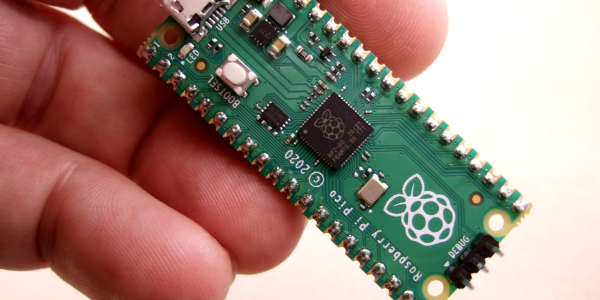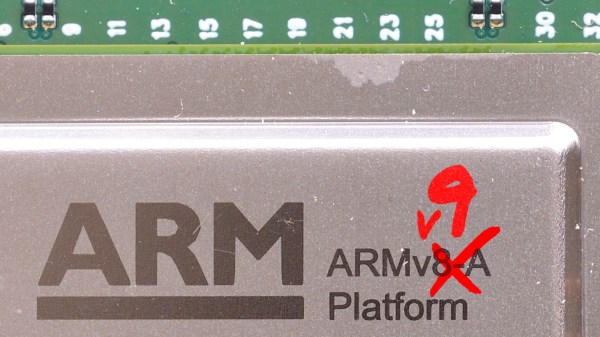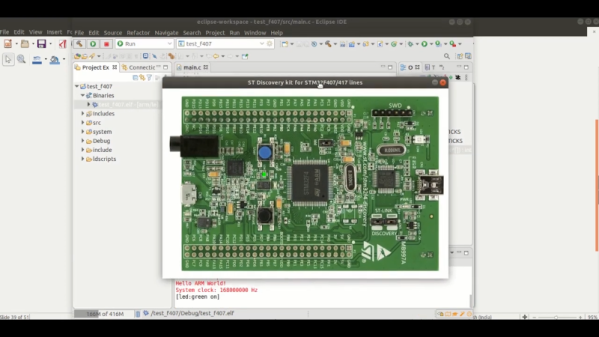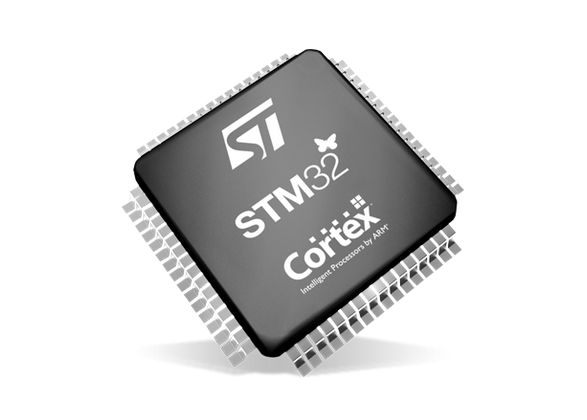We’re used by now to many of the more capable microcontrollers and systems-on-chip that we use having an ARM core at their heart. From its relatively humble beginings in a 1980s British home computer, the RISC processor architecture from Cambridge has transformed itself into the go-to power-sipping yet powerful core for manufacturers far and wide. This has been the result of astute business decisions over decades, with ARM’s transformation into a fabless vendor of cores as IP at its heart. Recent news suggests that perhaps the astuteness has been in short supply of late though, as it’s reported that ARM’s Chinese subsidiary has gone rogue and detatched from the mothership taking the IP with it.
It seems that the CEO of the Chinese company managed to retain legal power when sacked by the parent company over questionable ties with another of his ventures, and has thus been able to declare it independent of its now-former parent. It still has the ARM IP up to the moment of detatchment and claims to be developing its own new products, but it seems likely that it won’t receive any new ARM IP.
What will be the effect of this at our level? Perhaps we have already seen it, as more Chinese chips such as the cheaper STM32 clones are likely to get low-end ARM cores as a result. It seems likely that newer ARM IP will remain for now in more expensive non-Chinese chip families, but in the middle of a semiconductor shortage it’s likely that we wouldn’t notice anyway. Where it will have a lasting effect is in future Chinese joint ventures by non-Chinese chip companies. Seeing ARM’s then-owner Softbank getting their fingers burned in such a way is likely to provide a disincentive to other companies considering a similar course. Whether ARM will manage to resolve the impasse remains to be seen, but it can hardly be a help to the rocky progress of their Nvidia merger.

















